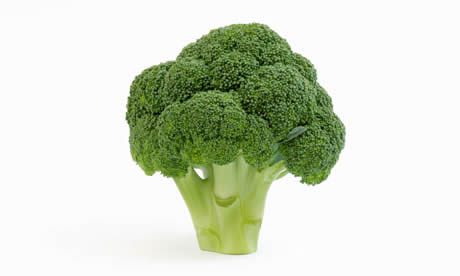Indole-3-Carbinol (I3C) is a naturally occurring phytochemical found in cruciferous vegetables such as broccoli, cabbageand kale. Indole-3-carbinol is converted in the gut to diindolylmethane (DIM). Indole-3-Carbinol can help to maintain healthy hormonal balance for both men and women and therefore may support the health of the breast, prostate, and other reproductive organs. The results of 94 studies on the association between cruciferous vegetables consumption and cancer risk have demonstrated that a high consumption of cruciferous vegetables containing Indole-3-Carbinol is associated with a decreased risk of all types of cancer. Among all the indoles, indole 3 carbinol and its metabolites offer the most powerful antioxidant protection.
Indole 3 Carbinol Benefits
Data from clinical trials show that Indole-3-Carbinol is effective in treatment of precancerous cervical dysplasia and vulvar intraepithelial neoplasia. DIM, a phytonutrient found in cruciferous vegetables, has been shown in animal studies to help maintain normal levels of a potentially damaging estrogen called 4-hydroxyestrone. Human reproductive cancers may be affected by estrogen levels, and Indole-3-Carbinol may prevent these by both reducing estrogen levels and blocking estrogen receptors. In a review published in the journal ‘In Vivo’ in 2008, DIM was recommended as a chemoprotective agent for both breast and prostate cancer. In addition, in a small double-blind trial, supplementation with 200 or 400 mg of indole-3-carbinol per day for 12 weeks reversed early-stage cervical cancer in 8 of 17 women.
 Studies indicate that Indole-3-Carbinol has potential value as a chemopreventive agent for breast cancer through its estrogen receptor modulating effect. There is also evidence to support the fact that I3C has a different mechanism of action than tamoxifen and that these two substances can be used synergistically. Indole-3-Carbinol initiates a series of reactions in the body that culminates in the elimination of estrogen. Researchers have observed that metabolism of estrogen occurs via one of two pathways: The ‘harmful’ metabolic pathway, 16 alpha-hydroxylation, or the ‘beneficial’ metabolic pathway, 2-hydroxylation.
Studies indicate that Indole-3-Carbinol has potential value as a chemopreventive agent for breast cancer through its estrogen receptor modulating effect. There is also evidence to support the fact that I3C has a different mechanism of action than tamoxifen and that these two substances can be used synergistically. Indole-3-Carbinol initiates a series of reactions in the body that culminates in the elimination of estrogen. Researchers have observed that metabolism of estrogen occurs via one of two pathways: The ‘harmful’ metabolic pathway, 16 alpha-hydroxylation, or the ‘beneficial’ metabolic pathway, 2-hydroxylation.
Indole-3-Carbinol helps to regulate cell growth rates, and helps to change a strong and inflammatory form of estrogen into a safer, less aggressive form. Oral ingestion of Indole-3-Carbinol has shown to alter the metabolism of estrogen in a beneficial manner. In a clinical study published in ‘Nutrition and Cancer’ in 2004, women with a history of breast cancer who took DIM for 30 days had positive changes in estrogen metabolism compared to a placebo group.
Indole-3-carbinol is also known to support the liver’s detoxification processes as well as normal cellular reproduction. Since the liver is the only organ in the body capable of regeneration, Indole-3-carbinol also encourages healing and repair when a part of the liver endures damage. Reports indicate that Indole-3-carbinol supports the natural elimination of toxins from the liver, increases the body’s natural metabolism of hormones and helps maintain normal hormone levels.
Indole 3 Carbinol Dosage
In general, Indole-3-Carbinol has been well tolerated by individuals at dosage ranges between 400 and 800 mg daily. Therefore, antacids, H2 blockers, and proton-pump inhibitors may impede its effectivenes.
Indole 3 Carbinol Side Effects
In very high doses, indole-3-carbinol can cause equilibrium imbalances, tremor and nausea. However, at doses of 800 mg or higher, there has been one report of three episodes where some adverse effect from Indole-3-Carbinol was note. The conversion of I3C to its active metabolites requires stomach acid. Indole-3-carbinol might increase how quickly the liver breaks down some medications. Do not attempt to treat cervical dysplasia, or any other precancerous or cancerous condition, without physician supervision.
Leave a Reply